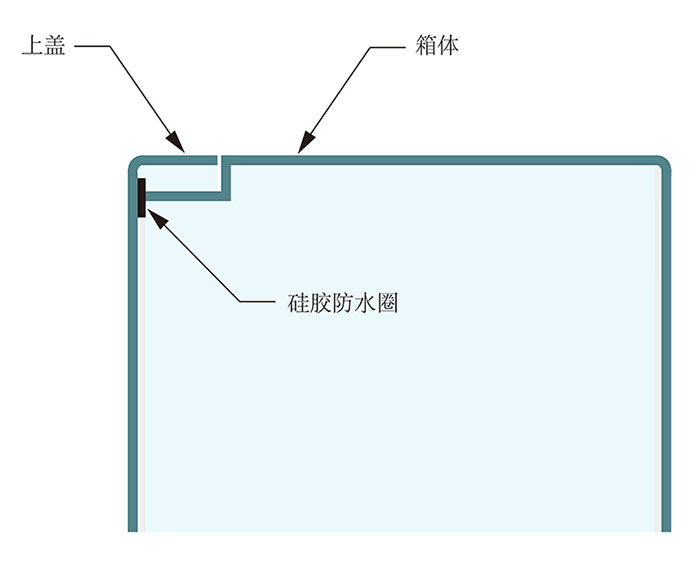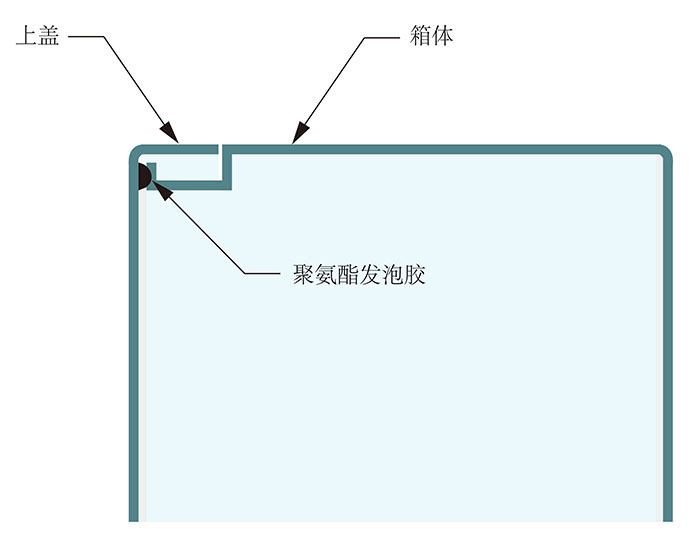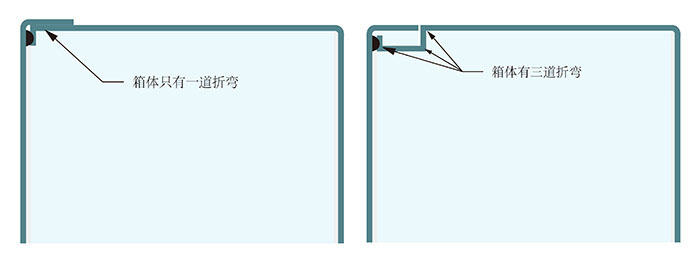With the rapid development of new energy industry, photovoltaic power generation is more and more widely used. As a key component of photovoltaic power generation systems, photovoltaic inverters are operated in outdoor environments, and they are subject to very harsh and even harsh environments test.
For outdoor PV inverters, the structural design must meet the IP65 standard. Only by reaching this standard can our inverters work safely and efficiently. The IP rating is for the protection level of foreign materials in the enclosure of electrical equipment. The source is the International Electrotechnical Commission’s standard IEC 60529. This standard was also adopted as the US national standard in 2004. We often say that the IP65 level, IP is the abbreviation for Ingress Protection, of which 6 is the dust level, (6: completely prevent dust from entering); 5 is the waterproof level, (5: water showering the product without any damage).
In order to achieve the above design requirements, the structural design requirements of photovoltaic inverters are very strict and prudent. This is also a problem that is very easy to cause problems in field applications. So how do we design a qualified inverter product?
At present, there are two kinds of protection methods commonly used in the protection between the upper cover and the box of the inverter in the industry. One is the use of a silicone waterproof ring. This type of silicone waterproof ring is generally 2mm thick and passes through the upper cover and the box. Pressing to achieve waterproof and dustproof effect. This kind of protection design is limited by the amount of deformation and hardness of the silicone rubber waterproof ring, and is only suitable for small inverter boxes of 1-2 KW. Larger cabinets have more hidden dangers in their protective effect.
The following diagram shows:

The other is protected by German Lanpu (RAMPF) polyurethane styrofoam, which adopts numerical control foam molding and is directly bonded to structural parts such as the upper cover, and its deformation can reach 50%. Above, it is especially suitable for the protection design of our medium and large inverters.
The following diagram shows:

At the same time, more importantly, in the design of the structure, in order to ensure high-strength waterproof design, a waterproof groove shall be designed between the top cover of the photovoltaic inverter chassis and the box to ensure that even if water mist passes through the top cover and the box. Into the inverter between the body, will also be guided through the water tank outside the water droplets, and avoid entering the box.
In recent years, there has been fierce competition in the photovoltaic market. Some inverter manufacturers have made some simplifications and substitutions from the protection design and material use in order to control costs. For example, the following diagram shows:

The left side is a cost-reducing design. The box body is bent, and the cost is controlled from the sheet metal material and the process. Compared with the three-folding box on the right side, there is obviously less diversion groove from the box. The strength of the body is also much lower, and these designs bring great potential for use in the waterproof performance of the inverter.
In addition, because the inverter box design achieves the protection level of IP65, and the internal temperature of the inverter will increase during operation, the pressure difference caused by the internal high temperature and external changing environmental conditions will lead to Water enters and damages sensitive electronic components. In order to avoid this problem, we usually install a waterproof breathable valve on the inverter box. The waterproof and breathable valve can effectively equalize the pressure and reduce the condensation phenomenon in the sealed device, while blocking the entry of dust and liquid. In order to improve the safety, reliability and service life of inverter products.
Therefore, we can see that a qualified photovoltaic inverter structural design requires careful and rigorous design and selection regardless of the design of the chassis structure or the materials used. Otherwise, it is blindly reduced to control costs. The design requirements can only bring great hidden dangers to the long-term stable operation of photovoltaic inverters.


